As I started to take Jose Caballer’s awesome F.E.D.O. personality test at TechRasing here Saturday, I was hoping to find out I was an Evil. Being an Evil would be cool, and I believed I had a chance: For most of my career in media, beginning with the co-founding of the Missoula Independent 21 years ago, I have been the boss, and everyone knows bosses are Evil. But as I circled the F.E.D.O. test’s “this-or-that” choices, I could tell it wasn’t going that way.
I was a little surprised to find out at the end of the test that I’m not a Flakey either. Nor am I an Obnoxious. Turns out I’m a Dorky. Hmmmph.
If I doubted the test’s accuracy, my status as a dork was confirmed Sunday afternoon when I presented my project to the gathered throng, most of whom had also experienced the intense and immensely rewarding TechRaising weekend. Faced with near-total technical breakdown, my brain froze. I stood before the crowd squawking nervously and sweating bullets. A total dork. (Note: Here I’m not using the generous definition Caballer developed for his workshop: “Dorky people enjoy the technical aspects and the details…figuring things out and having deep knowledge.” I’m using the characterization found on the brilliant Nerd Venn Diagram: “Obsession; Social Ineptitude.”)
I learned an important lesson about preparation in those four excruciating minutes, and, in retrospect, something more important about collaboration. If I had asked our TechRaising teammate, Todd Schafer of Schafer Design, to help with the presentation, I’m pretty sure it would have been rock solid. The whole weekend was about collaboration, and in this instance I guess I forgot that. Ouch.
Thankfully, the feelings of panic and shame subsided 15 minutes after we got to the Red Room to celebrate what had been a hugely productive and powerfully inspiring event.
Fast Company
Miracles happened at the second-annual TechRaising. At 6pm on Friday, 31 participants delivered 90-second elevator pitches in the hopes of attracting a team. Some needed design or biz-dev help, some needed marketing help, and almost all needed coders. Some ideas were complex and some straightforward, and almost all were rather ambitious. Amazingly, at 4pm on Sunday, 18 teams presented complete or well-started products.
The members of one of those teams, Amy Sibiga and Bruno Rocca, had met Friday night, when they happened to pitch similar ideas related to health and wellness. They immediately decided to merge their efforts, and were joined by a designer—Ted Holladay of Studio Holladay —and a developer—Chuck Keller of productOps. They formed a company—Intelligent Wellness Solutions—and by 4pm Sunday they were able to demo a fairly complete design for an IOS application: Their H4Me app will deliver customized information to people with chronic illnesses, and provide feedback to providers. Rocca says they’ll have a version of the app far enough along to show to clients by Friday.
Another product, I Want a Ride, was demoed Sunday and is in Beta testing as I write this. On Friday night, it was nothing but an idea. In fact, Eric Conlon, who designed the online ride-sharing / hitchhiking service, hadn’t even signed up to pitch. But when TechRaising co-founder Andrew Mueller invited anyone with an idea to pitch it (“Last chance!”) Conlon jumped up.
The weekend was a rush of creativity, a mix of focus and chaos. Saturday morning, Caballer ran a three-hour workshop geared to apply principles of agile software development to real-world design problems, and give participants a taste of the struggles and joys of collaboration under pressure. It was a perfect preparation and metaphor for the rest of the weekend, in which 60-plus creative people worked long hours to bring new things into the world.
While he was building a custom WordPress theme and homepage for my project (Hilltromper—an outdoor rec / nature guide with social media functionality), master coder James Lafferty also built a prototype of a website, called SupplyShift, designed to score supply-chain sustainability for large companies. Todd Schaeffer, who offered crucial WordPress assistance to me all day Saturday, designed a logo for SupplyShift, and another one for Iota, a very cool micro-gifting service. He also built a working WordPress prototype of Robert Singleton’s CoNuz, where the article you are reading will be published about 45 minutes from now. Daniel Chamberlin of 12:AM Design, who designed the CoNuz logo, did the same for at least four other projects.
Mueller and his TechRaising cofounders, Margaret Rosas and Matthew Swinnerton, designed the event to allow for exactly that kind of massive collaboration and spontaneity. Rosas used the word “magic” maybe a dozen times over the weekend, and I have to say, even as a certified Dork, I felt it.
A lot of the magic took place outside the machines that we were all hunched over. Saturday morning, my Cruzioworks co-worker Tyler Young, of Plastic Trophy, whipped up a design for some site features that will no doubt be incorporated into Hilltromper. Another Cruzioworks co-worker, the self-described “serial startup guy” Lloyd Tabb (Mozilla, Luminate, Everyschool, Blekko, Llooker, etc.), turned me on to the Adventure Rider Motorcycle Forum, one of the coolest examples of high-quality crowd-sourced outdoor content I’ve seen. Bart Teeuwisse, former principle software engineer at Yahoo! now working as an engineer and evangelist at Twitter, researched social media solutions for me and helped me develop, in 10 or 15 minutes, a rollout strategy.
Speaking before the presentations Sunday night, Chris Neklason, who brought the internet to Santa Cruz when he and his wife, Peggy Dolgenos , founded Cruzio in 1989, spoke about “Biz 2.0” and the spirit of collaboration that characterizes this new world we live in. Just as new tech tools reduce the “friction” that can inhibit growth and innovation, he said, this new open-source attitude can multiply all of our efforts “to make the world a better place.”
A couple days after living the TechRaising weekend, I definitely feel empowered and inspired to do that. I saw so much else there that I’d like to share…but I have to get back to work. Thanks to TechRaising, I have a website to build.
This post originally appeared in CoNuz – an ambitious project started at TechRaising April 2012

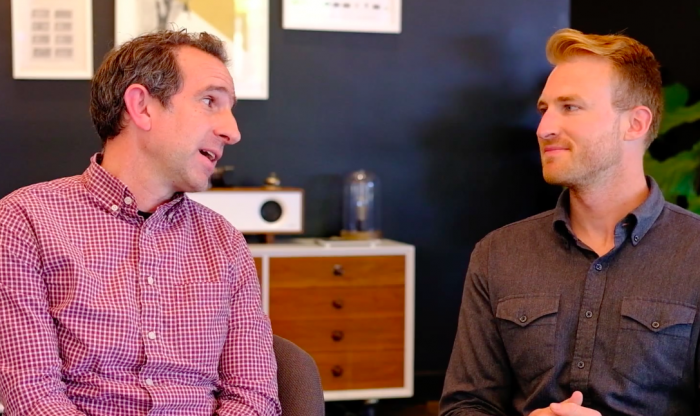
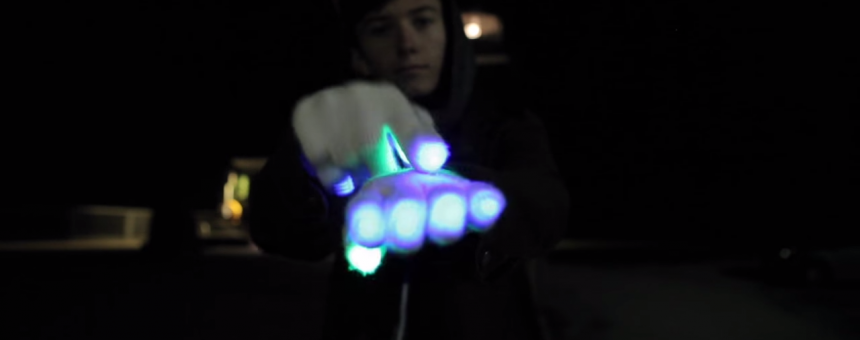
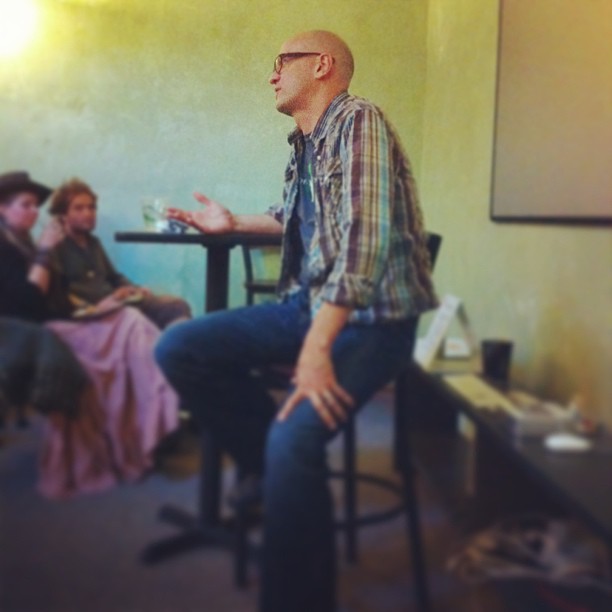
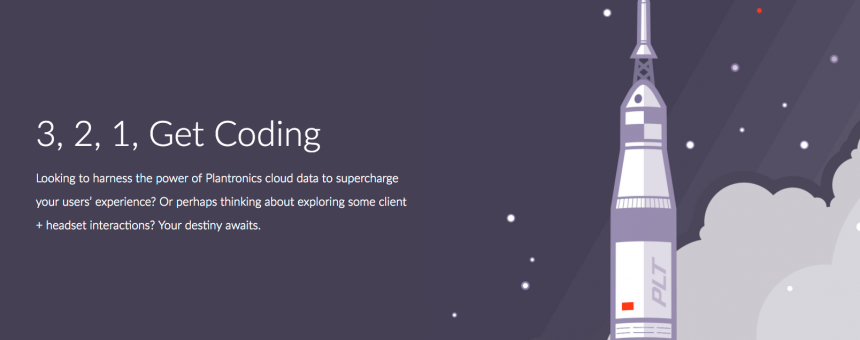

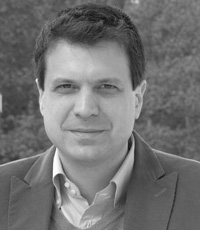 Cowan will lead a four-hour, full-immersion workshop called “
Cowan will lead a four-hour, full-immersion workshop called “
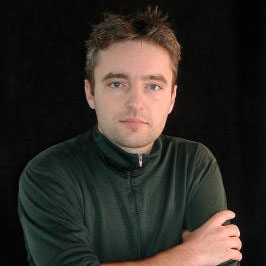 At the next TechRaising Meetup on September 20, Teeuwisse will explain how Bootstrap works, and suggest some ways developers, designers and others might find it useful. He’ll also do some “live-coding” to demonstrate how easy it is to create a feature-rich functional mockup with the design consistency that is Bootstrap’s hallmark.
At the next TechRaising Meetup on September 20, Teeuwisse will explain how Bootstrap works, and suggest some ways developers, designers and others might find it useful. He’ll also do some “live-coding” to demonstrate how easy it is to create a feature-rich functional mockup with the design consistency that is Bootstrap’s hallmark.
 One of the most difficult things for an entrepreneur is figuring out how to finance the business. While entrepreneurs may be experts in their industries and/or in the technical requirements of their businesses, many have little or no knowledge of how to get the investment necessary to allow their expertise and companies to shine. Last month we were fortunate to have Craig Vachon, an extremely savvy and experienced investor, share his knowledge of the investment landscape with us. This was a provocative presentation that laid out all the options progressing from the most desirable form of investment (no investment) to the least desirable. The presentation was framed in the context that…
One of the most difficult things for an entrepreneur is figuring out how to finance the business. While entrepreneurs may be experts in their industries and/or in the technical requirements of their businesses, many have little or no knowledge of how to get the investment necessary to allow their expertise and companies to shine. Last month we were fortunate to have Craig Vachon, an extremely savvy and experienced investor, share his knowledge of the investment landscape with us. This was a provocative presentation that laid out all the options progressing from the most desirable form of investment (no investment) to the least desirable. The presentation was framed in the context that…